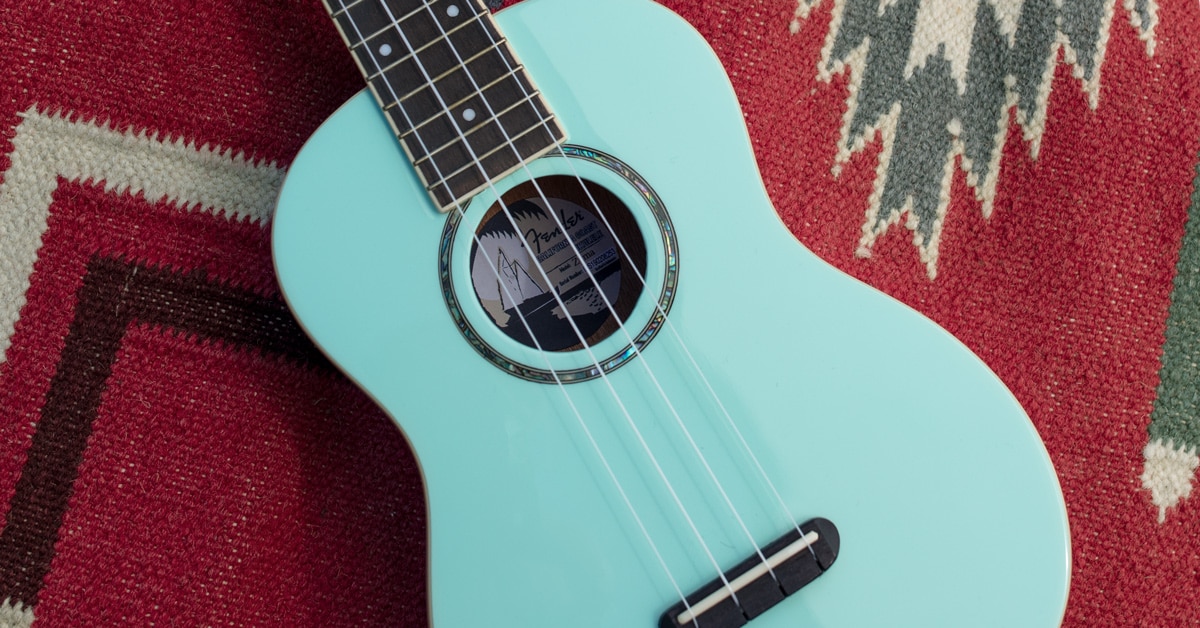Ukuleles make the perfect gift for anyone interested in music. But how do you buy a ukulele? Which one is the right one for you? How much do they cost?
We’ll answer all these questions and more to help you get from simply dreaming about these fun island instruments to being a full-on player. Let’s go.
If you're just starting out on the ukulele, be sure to check out our collection of beginner ukuleles.
Table of Contents
Looks Fun, But What is It?
Ukulele Body Size
Soprano
Concert
Tenor
Baritone
Ukulele Body Shapes
Figure 8
Pineapple
Tonewoods
Acoustic and Acoustic-Electric
Ukulele Accessories
Aloha
Looks Fun, But What is It?
Adapted from the Portuguese machete or “braginho,” a small four-string instrument brought to Hawaii in the late 19th century by immigrant cabinet makers, the ukulele has since evolved into the beloved nylon-stringed instrument we know today. The ukulele, which roughly translates from Hawaiian to “jumping flea”—possibly due to the energetic playing style of the Portuguese players who first introduced the instrument to Hawaii—has become synonymous with island culture, and its sweet and lively tones instantly conjure up images of tropical paradise. Over the past century, the ukulele has found its way into the hands of millions of players, with its shape and materials varying greatly to accommodate different playing styles and a wide range of musical genres.
Ukulele Body Size
Ukuleles typically come in four sizes:
Soprano
The smallest in the uke family, soprano ukuleles are known for their shimmering high, bright tones. They’re generally quieter than their larger counterparts and are roughly 21 inches in length, making them a perfect choice for young beginners with small hands. If you or your budding musician want to get started on the uke, try looking into a Luna Honu Soprano.
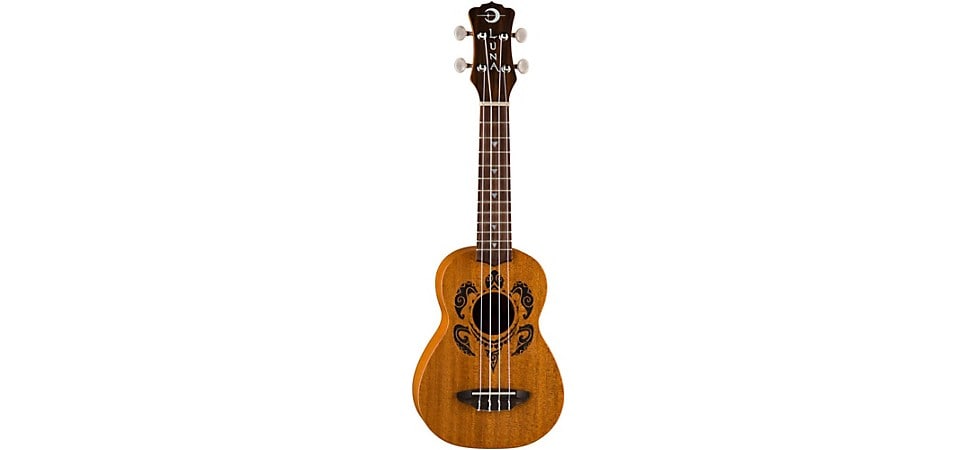
Pictured: Luna Honu Soprano Ukulele
Concert
Measuring in at 23 inches in length, the concert ukulele is a little warmer tone-wise and a little larger than a soprano. If you’ve started on a soprano and want to move up to a concert, try a Cordoba 15CM.
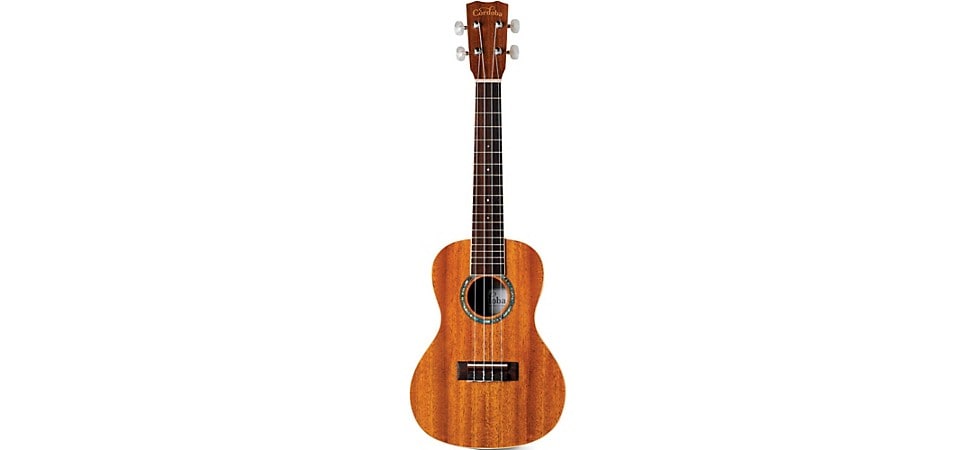
Pictured: Cordoba 15CM Concert Ukulele
Tenor
Larger than a concert, but smaller than a baritone, tenor ukuleles still retain the desired brightness of their smaller siblings but have a little more warmth. Their size makes them perfect for not-so-tiny players or guitar players looking to add another instrument to their bag. Check out a Cordoba 20TM-CE or an Alvarez RU26T—you can’t go wrong.
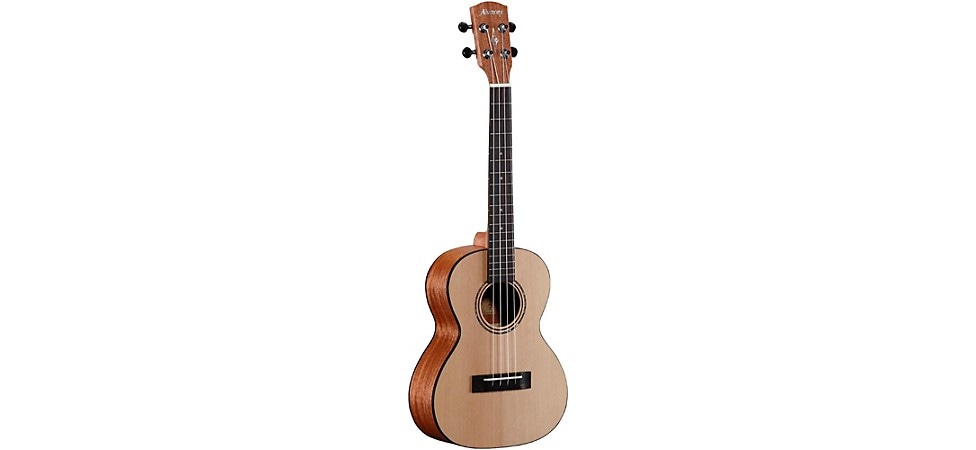
Pictured: Alvarez RU26T Tenor Ukulele
Baritone
The largest and most distinctive of the bunch, baritone ukuleles are about 30 inches long and tuned differently. As the name suggests, they’re known for their rich, mid-lower registers and act as a bridge between the ukulele family and classical nylon-string guitars. If you want a lusher, more full-bodied sound, try a Mitchell MUB70S Baritone on for size.

Pictured: Mitchell MUB70S Baritone Ukulele
Ukulele Body Shapes
Figure 8
The most common uke shape is the figure eight. Patterned after the symmetrical contours of the guitar, the traditional figure-8 shape has a balanced and more focused tone.
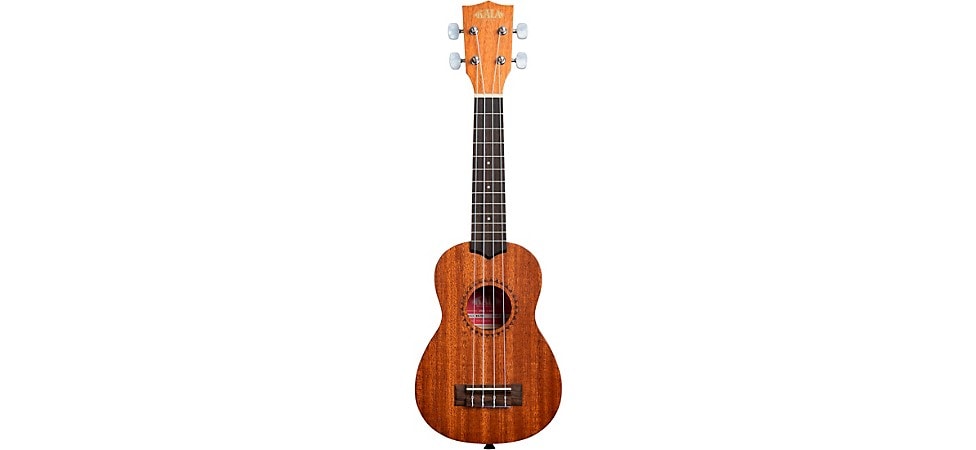
Pictured: Kala KA-15S Soprano Ukulele
Pineapple
Another option is the pineapple-shaped ukulele, which tends to be a little larger than the standard figure eight, and therefore push a little more volume.
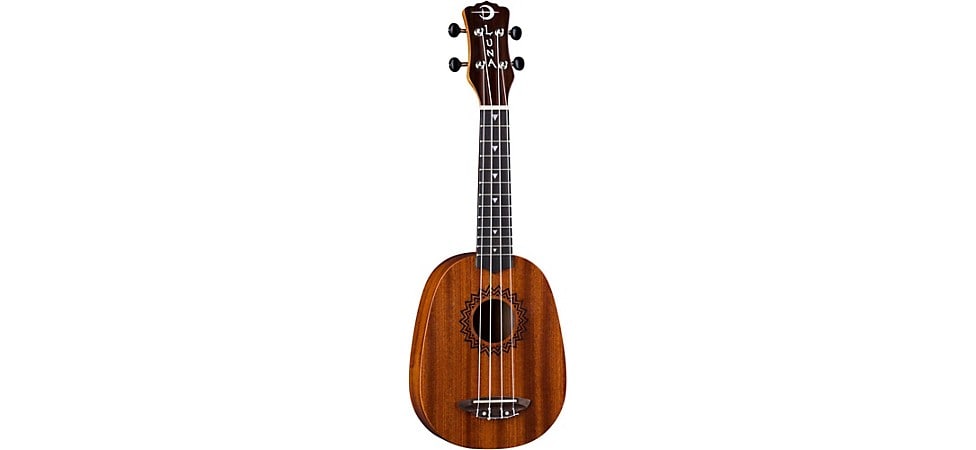
Pictured: Luna Vintage Mahogany Pineapple Ukulele
Have fun trying out different shapes and sizes to see which uke is the right uke for you.
Tonewoods
Like most instruments, ukuleles can have varied tone based on their wood.
Mahogany
One of the most common tonewoods, mahogany is known for yielding full low end, rich midrange and a rounded top end.
Koa
Koa is a fairly dense tropical tonewood that has a balanced tonality with a focused and pleasant midrange.
Spruce
Typically used for guitar or ukulele tops, spruce has accentuated and articulate highs and a dynamic midrange.
Cedar
Cedar is less dense than other tonewoods, producing sweet harmonics and making it highly responsive to light plucking and strumming.
Rosewood
Most commonly used for backs/sides and fingerboards, rosewood imparts a robust low end and exudes rich, complex overtones.
Maple
Known for its transparent tonality, maple has a balanced midrange and fast note decay that faithfully translates a player’s dynamics.
Redwood
Redwood yields crisp tones and resonates with clear, upper harmonic content.
Exotic
Typically used for their distinct grain patterns, ovangkol and bubinga share tonal characteristics similar to rosewood, while other exotic woods like cherry behave more like maple.
Acoustic and Acoustic-Electric
Knowing how you’ll use your uke can also help you make a decision. For those looking to play their music on stage, it might be best to look into acoustic/electric ukuleles.
Acoustic
Ukuleles without onboard pickup systems require less maintenance, but need a microphone or external soundhole pickup for amplification. If you decide to take your acoustic uke on stage at some point, you can always add a pickup down the line.

Pictured: Fender Limited-Edition Zuma Concert Ukulele
Acoustic-Electric
Acoustic-Electric ukuleles have onboard electronics that offer easy plug-and-play amplification for recording and live performance. This is the ideal choice for those looking to play out.

Pictured: Mitchell MU100CE Acoutic-Electric Ukulele
Ukulele Accessories
Tuners
Tuners display pitch so you can accurately and conveniently tune your ukulele (different body shapes sometimes call for alternate tunings).
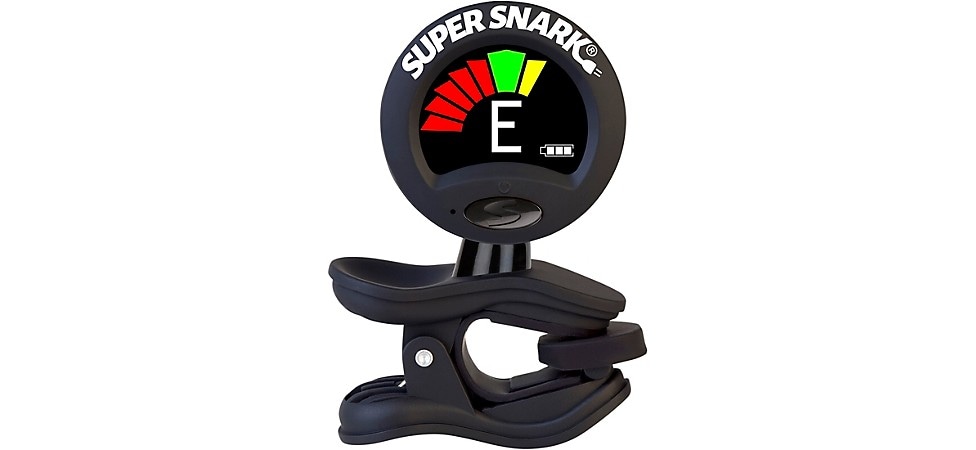
Pictured: Super Snark Rechargeable Tuner
Aloha
Whether it’s for fun or for challenging yourself to take on a new instrument, the ukulele is an all-around solid choice. Kala, Lanikai, Mahalo and Cordoba are all making great ukes, and it never hurts to play around with different brands and sizes to see what works for you. So, pick one up and strum out those wintertime blues.




